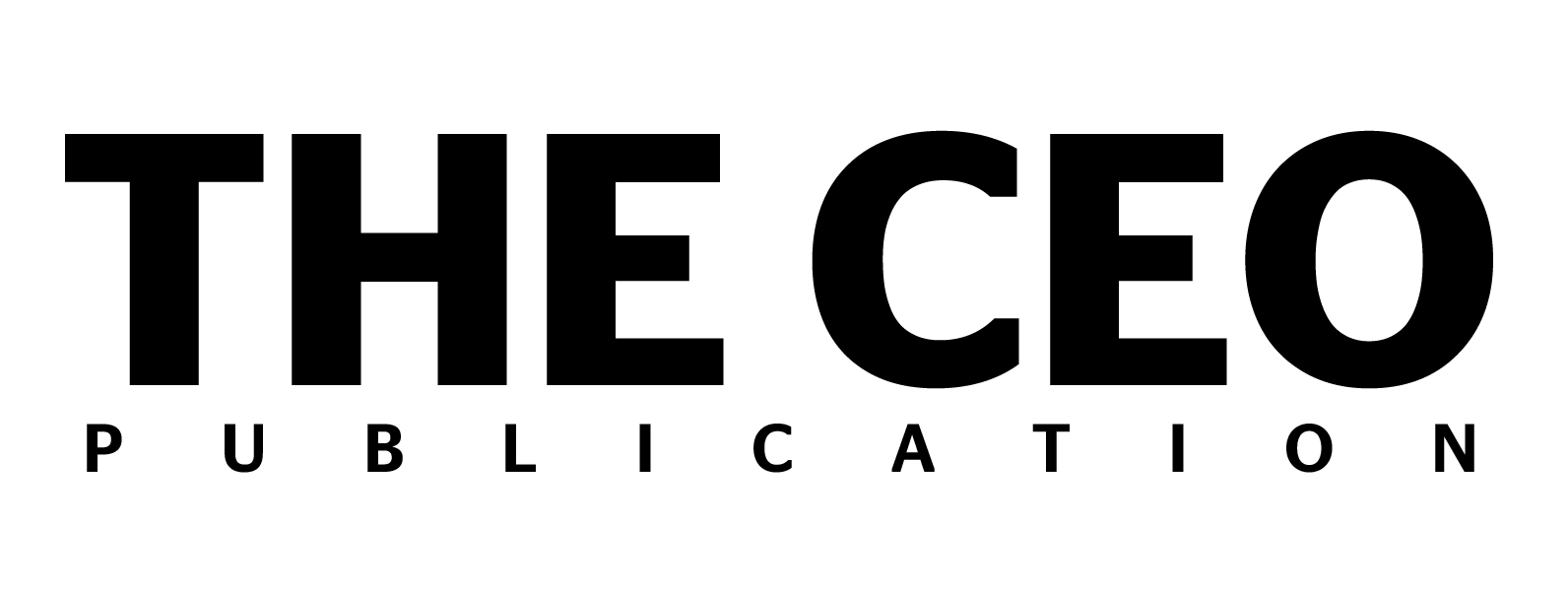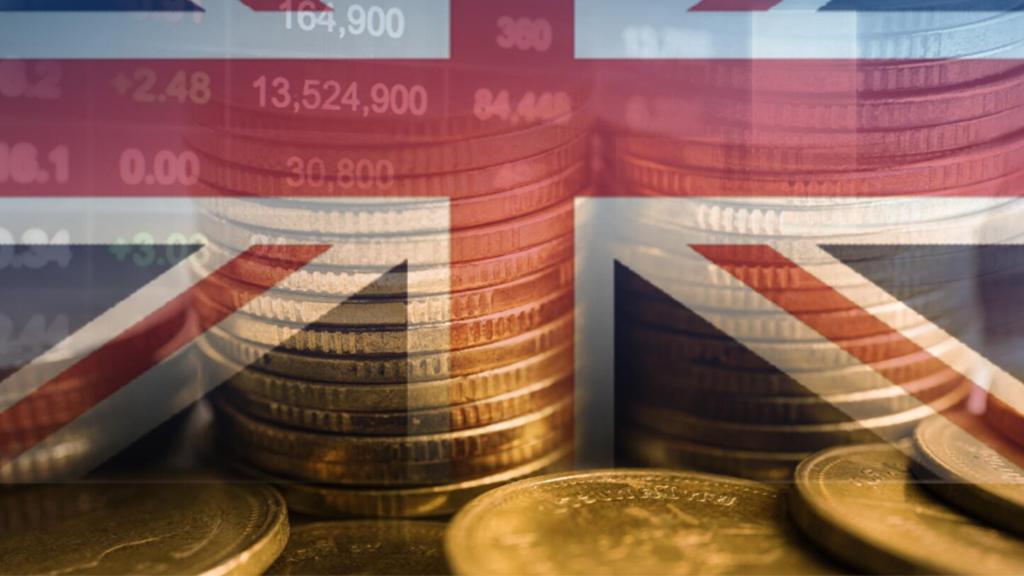UK GDP growth exceeds expectations in Q2 2025, expanding by 0.3%, according to the Office for National Statistics. This is three times higher than the 0.1% forecast by economists and the Bank of England, and while slower than Q1’s 0.7% gain, it suggests the economy retains underlying resilience despite weak business investment and tepid household spending.
The gains were driven by a 0.4% increase in services, which account for over 80% of the UK economy. Key contributors included IT, health services, and vehicle leasing. Construction output also rose 1.2%, reversing earlier contractions, and offering relief to a sector battered by elevated borrowing costs. Meanwhile, the production sector contracted 0.3%, underscoring persistent weakness in manufacturing and energy-intensive industries.
UK GDP growth exceeds expectations not because of broad-based private sector strength, but due to targeted expansions in specific sectors. Public sector spending increased by 1.2%, significantly contributing to overall growth. Household consumption was nearly flat, up just 0.1%, and business investment fell sharply by 4%, highlighting long-term risks beneath the headline number.
The monthly data tells a similar story. GDP rose 0.4% in June, more than offsetting the 0.2% decline in May and a flat April. Economists warn that without stronger private demand, this growth path is vulnerable in the second half of the year.
Forward-looking considerations:
If UK GDP growth exceeds expectations again in Q3, it could delay interest rate cuts as policymakers prioritize inflation control over stimulus.
Low business investment signals reduced future capacity. Without capital expenditure recovery, productivity and job creation may stall.
Fiscal policy may remain expansionary in the short term, especially ahead of the next budget, but there’s limited room for permanent spending without risking inflation.
Speculation flagged: Sustained quarterly growth above 0.3% without a rebound in private investment would indicate that the UK is leaning too heavily on public sector demand, raising questions about fiscal sustainability heading into 2026.









